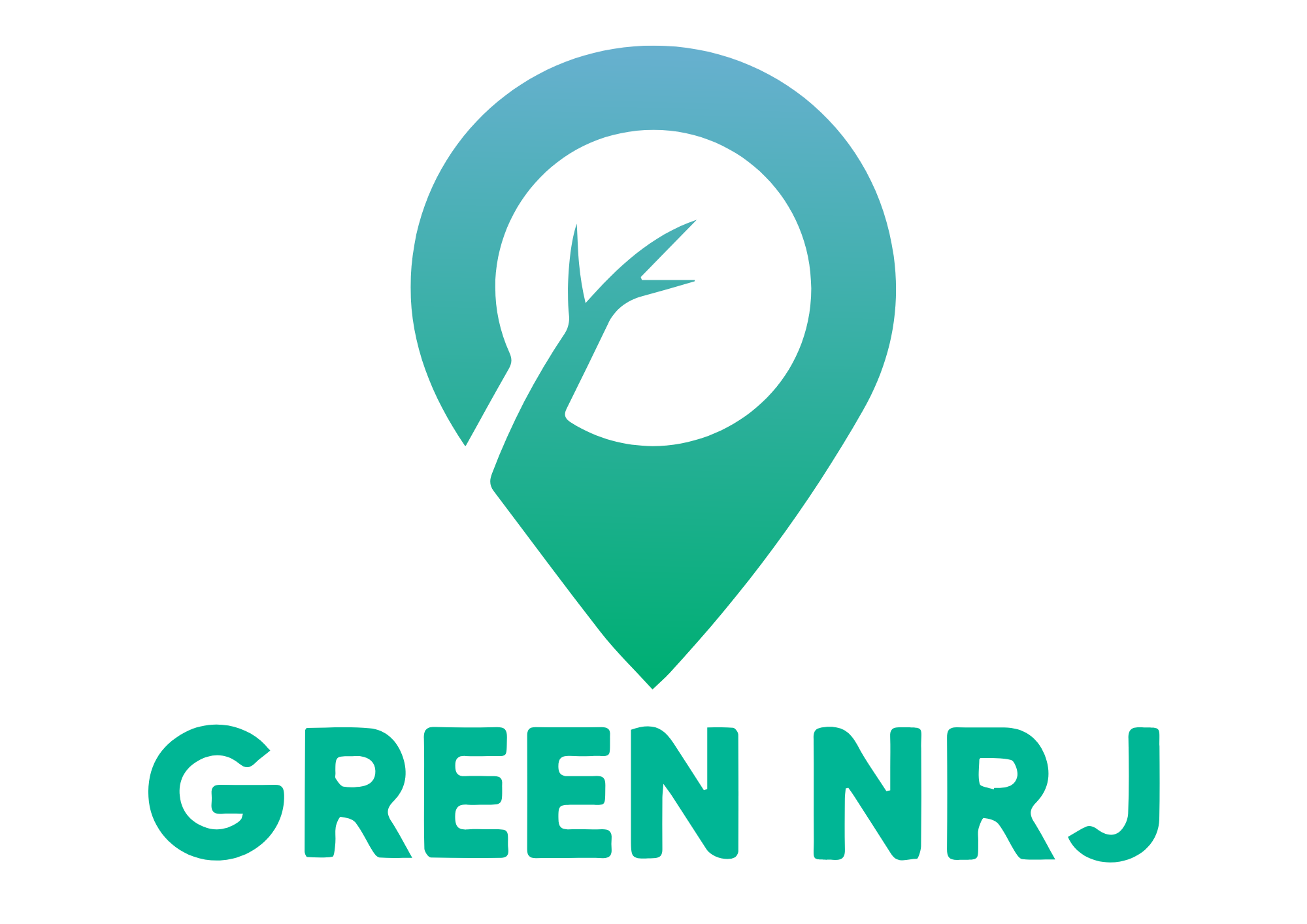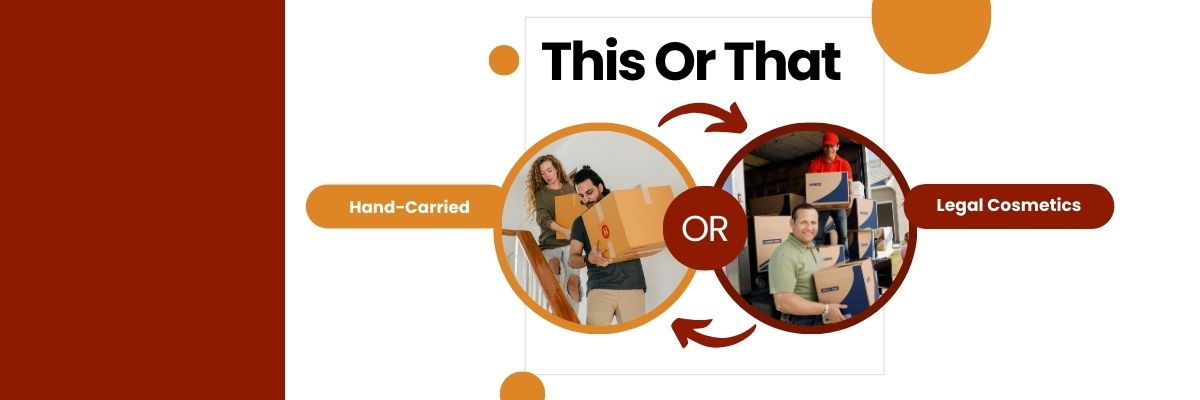- If you have any questions, please contact us!
- +84 965 624 065
- info@greennrj.com.vn
Hand-Carried Cosmetics vs. Legally Imported Cosmetics in Vietnam: Legal Distinctions and Compliance Guide

Are Natural-Origin Cosmetic Ingredients Exempt from Disclosure in Vietnam?
May 5, 2025
Comprehensive Guide to Work Permits in Vietnam for Foreign Workers (Updated 2025)
May 7, 2025Hand-Carried Cosmetics vs. Legally Imported Cosmetics in Vietnam: Legal Distinctions and Compliance Guide
Vietnam’s cosmetics market is booming, but foreign brands must understand key legal differences between hand-carried and legally imported cosmetics to avoid penalties. This guide by Green NRJ outlines regulatory distinctions, compliance requirements, and steps for legal importation.
1. Introduction
Vietnam’s cosmetics industry has grown into one of the most dynamic and promising markets in Southeast Asia. With a population of over 100 million and a rising middle class, demand for international cosmetic brands continues to increase. However, to capitalize on this opportunity, foreign cosmetic companies must fully understand and comply with Vietnam’s import and regulatory requirements.
One of the most important distinctions that foreign investors and distributors must recognize is the difference between hand-carried cosmetics (often known in Vietnamese as “hàng xách tay”) and legally imported cosmetics. Many businesses mistakenly assume that both are interchangeable. In reality, their legal status, import procedures, and compliance requirements differ significantly — and misunderstanding these differences can expose businesses to serious legal consequences.
This comprehensive guide clarifies the regulatory distinctions between these two types of products, outlines the risks of non-compliance, and provides actionable steps for foreign companies aiming to import and distribute cosmetics in Vietnam in full compliance with the law.
2. Legal Distinctions Between Hand-Carried and Legally Imported Cosmetics
2.1 What Are Hand-Carried Cosmetics?
Hand-carried cosmetics refer to beauty and personal care products brought into Vietnam informally by individuals, typically in luggage or through air cargo without going through commercial import procedures. These products are:
-
Usually transported in small quantities by travelers or individuals living abroad.
-
Not subject to standard customs clearance for commercial goods.
-
Often not registered or notified to the Drug Administration of Vietnam (DAV).
-
Commonly sold via informal channels such as Facebook, TikTok, Instagram, or small local shops.
While these products may be genuine, their legal status is not recognized for commercial distribution in Vietnam. They cannot be legally advertised, sold in registered stores, or distributed through official retail networks.
2.2 What Are Legally Imported Cosmetics?
In contrast, legally imported cosmetics are those brought into Vietnam through formal, commercial importation processes by authorized entities. These products must undergo:
-
Product notification (cosmetic proclamation) with the Drug Administration of Vietnam (DAV).
-
Customs clearance procedures including submission of import documents and payment of import duties and VAT.
-
Compliance with Vietnamese labeling regulations, ingredient safety rules, and packaging requirements.
Such products can be distributed legally in Vietnam via physical retail outlets, e-commerce platforms, and official supply chains. They also gain consumer trust due to their verified safety and compliance.
Legal References:
-
Circular No. 06/2011/TT-BYT – Guiding the management of cosmetics in Vietnam.
-
Law on Pharmacy 2016 – Regulates the importation and circulation of health-related products.
-
Decree No. 98/2020/ND-CP – Governs administrative penalties in trade, including unauthorized cosmetic distribution.
3. Legal and Business Risks of Selling Unregistered Cosmetics
Foreign companies that attempt to bypass official procedures by selling unregistered or hand-carried cosmetics face multiple risks:
3.1 Legal Consequences
-
According to Article 67 of Decree 98/2020/ND-CP, selling cosmetic products without completing the required product notification process can result in fines of up to VND 30,000,000 per item.
-
Authorities may seize and destroy unregistered products during inspections.
-
Businesses may face temporary suspension, revocation of business licenses, and legal investigations for repeated or large-scale violations.
3.2 Consumer Safety and Liability Risks
-
Without the official notification process, hand-carried cosmetics are not checked for ingredient safety, banned substances, or product quality.
-
Improper or missing labels in Vietnamese may lead to misuse, allergic reactions, or serious harm to consumers, exposing companies to liability claims.
-
Retailers and distributors may face reputation damage, particularly if products are proven to be counterfeit or unsafe.
4. Steps to Legally Import Cosmetics into Vietnam
To avoid the risks above and operate legally, foreign cosmetic brands must follow these essential steps:
4.1 Conduct Cosmetic Product Notification (Proclamation) with the DAV
Before any cosmetic product can be imported for commercial sale in Vietnam, a Cosmetic Product Notification (CPN) must be submitted to the Drug Administration of Vietnam (DAV). The required documents include:
-
Product Information File (PIF): Technical file detailing the product’s composition, safety, and manufacturing information.
-
Certificate of Free Sale (CFS): Issued by the competent authority in the country of manufacture to confirm that the product is freely sold in that market.
- Power of Attorney (POA/ LOA): Authorization letter issued by the manufacturer, brand owner, or product owner for the local legal representative
-
Labeling Samples: Draft label including all information required by Vietnamese regulations.
4.2 Appoint a Legal Entity in Vietnam to Act as Notification Holder
According to Vietnamese law, only entities established in Vietnam can submit cosmetic notifications. Therefore, foreign businesses must:
-
Incorporate a subsidiary in Vietnam, or
-
Appoint a local importer or distributor to act as the Notification Holder and be legally responsible for the product in Vietnam.
This local representative will handle notification procedures, coordinate customs clearance, and act as the main contact point for regulatory authorities.
4.3 Fulfill Labeling Requirements for Imported Cosmetics
Labeling is one of the most critical compliance areas. According to Circular 06/2011/TT-BYT and Decree 43/2017/ND-CP, imported cosmetics must include the following mandatory information:
-
Product name and intended function
-
Usage instructions
-
List of ingredients, using International Nomenclature of Cosmetic Ingredients (INCI)
-
Country of origin
-
Name and address of the responsible organization or individual in Vietnam
-
Net content (in grams or milliliters)
-
Batch number, manufacturing date, and expiration date
-
Warnings and precautions for safe use
Language Requirements:
Labels may be written in Vietnamese or English. If the original label lacks any mandatory information, a supplementary label (nhãn phụ) in Vietnamese must be added before the product is marketed.
Supplementary Label Rules:
-
The supplementary label must be clearly visible, firmly affixed, and must not obscure any original content.
-
It must be applied before the product is distributed or sold in the Vietnamese market.
(Source: Medinet.gov.vn – Cosmetic Labeling Guidelines)
5. Why Compliance is Essential
Vietnam’s regulators are increasingly tightening control over product safety and origin in response to growing concerns about counterfeit goods and unregulated imports. For foreign cosmetic brands, this means that legal compliance is not just a formal requirement — it is a critical strategy for long-term success.
By ensuring your products are fully registered, properly labeled, and legally imported, you will:
-
Avoid regulatory fines, penalties, and confiscations
-
Protect your brand’s image and reputation
-
Ensure consumer trust through safety and transparency
-
Build a reliable retail and distribution network in Vietnam
Compliance is also a strong competitive advantage in a market where consumers are increasingly prioritizing quality and safety.
6. Work with Green NRJ for Full Cosmetic Compliance in Vietnam
At Green NRJ, we specialize in helping foreign cosmetic companies legally enter and operate in Vietnam’s regulated market. Our team offers:
-
End-to-end product notification services with the Drug Administration of Vietnam
-
Vietnamese labeling compliance and supplementary label drafting
-
Serving as your local legal representative or Notification Holder
-
Assistance with customs clearance, tax, and licensing
Whether you’re launching a new cosmetic line or expanding your existing operations in Vietnam, Green NRJ ensures your business complies with all applicable regulations from day one.
Ready to launch your brand in Vietnam? Contact Green NRJ today!
Related Articles
- How to Import and Sell Cosmetics in Vietnam
- Comprehensive Guide to Cosmetic Registration in Vietnam
- Comparison: Company vs. Cosmetic Notification Holder in Vietnam
- How to Group Multiple Cosmetic Products Under One Notification
- PIF for Cosmetics in Vietnam: What It Is and Why It Matters
- Everything About Cosmetic Advertising in Vietnam (2025 Guide)
- Cosmetic Notification Holder – Import Without Opening a Company
- Cosmetic Product Formula for Import into Vietnam: Legal Requirements & Best Practices (2025 Guide)
- Guide to Cosmetic Labeling in Vietnam: Legal Compliance and Best Practices
- Colorants, Preservatives, and UV Filters in Cosmetics – Compliance Requirements for Product Notification in Vietnam
- How to Update Cosmetic Product Notification in Vietnam: A Complete 2025 Guide


